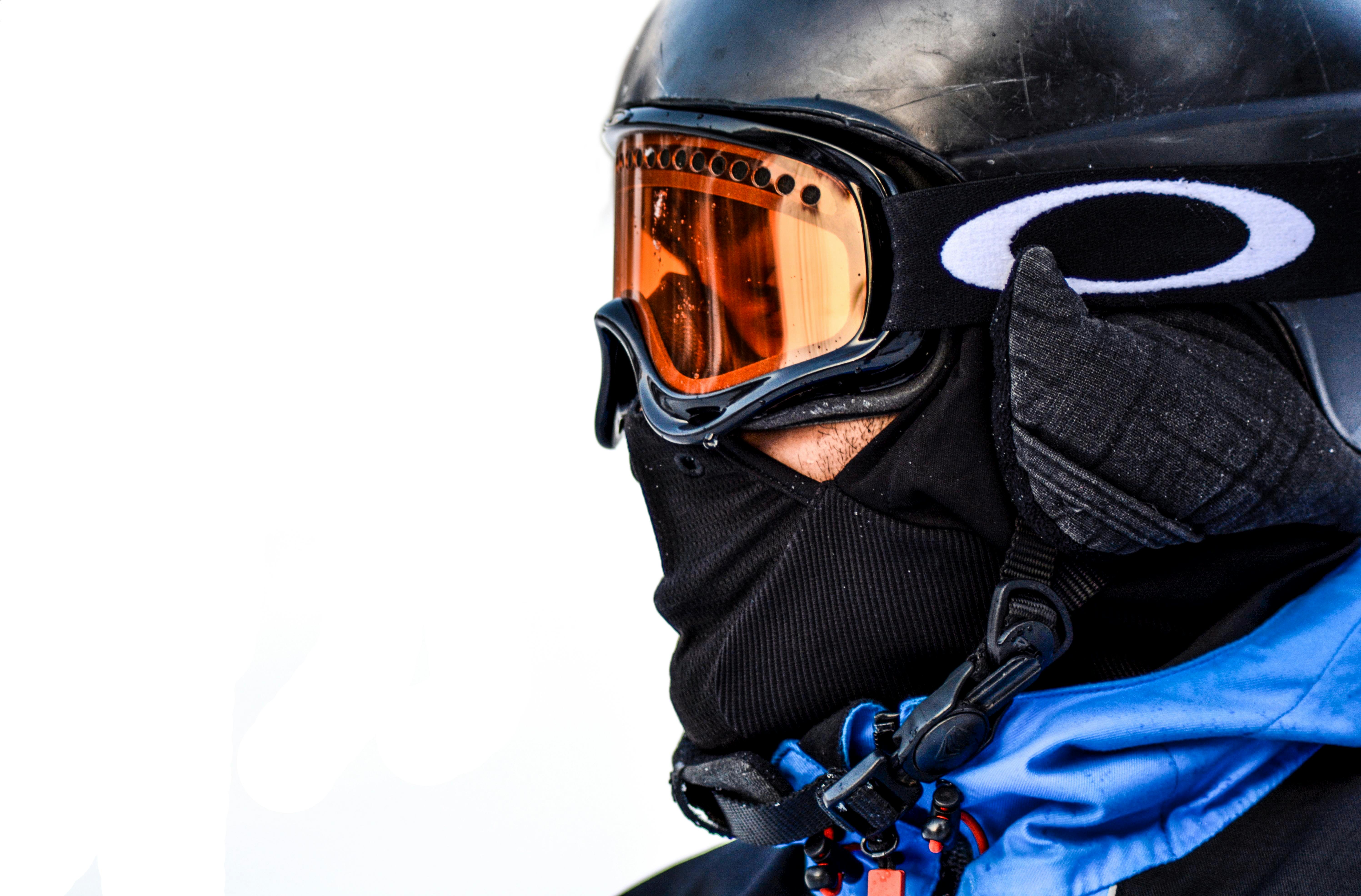Unraveling the Intricacies of Biathlon: A Fusion of Endurance and Precision
Athletes around the world have mastered the art of combining various disciplines to create a unique sport that tests their skills to the maximum. One such intriguing sport is Biathlon, a winter sport that combines cross-country skiing and rifle shooting. A test of endurance, precision, and calm, Biathlon offers a fascinating glimpse into the world of multi-disciplinary sports. This article delves into the history, evolution, and current trends of this captivating sport, providing a comprehensive view of its intricacies.

Tracing the Origins and Evolution of Biathlon
Biathlon originated from ancient hunting practices where hunters would traverse snow-covered landscapes on skis, equipped with bows and arrows for hunting. The sport, as we know today, was molded by the militaries of Scandinavia who used it as a training exercise. The first official Biathlon competition was held in 1767, but it wasn’t until the 1960 Winter Olympics in Squaw Valley, USA, that Biathlon was recognized as an Olympic sport. Since then, the sport has undergone several changes, with new formats and rules introduced to make it more spectator-friendly and competitive.
The Current Landscape of Biathlon
Today, Biathlon is a popular winter sport, particularly in Europe. The International Biathlon Union (IBU), the sport’s governing body, organizes several competitions, including the Biathlon World Championships and the Biathlon World Cup. The sport has also seen advancements in equipment technology, with lighter, more aerodynamic skis and more accurate rifles, contributing to faster and more competitive races.
Biathlon: A Test of Endurance and Precision
Biathlon is a sport of contrasts. The high-intensity physical exertion of cross-country skiing is combined with the calm, focused precision of rifle shooting. Athletes need to balance speed and endurance in skiing with accuracy and control in shooting. This dual demand makes Biathlon one of the most challenging and exciting winter sports.
The Benefits and Challenges of Biathlon
Training for Biathlon provides numerous benefits, including improved cardiovascular fitness, enhanced strength and endurance, and improved focus and concentration. However, the sport also poses unique challenges. The transition from strenuous skiing to precise shooting is difficult, requiring athletes to control their breathing and heart rate. Furthermore, adverse weather conditions can make skiing challenging and affect shooting accuracy.
Biathlon in Action: Real-world Applications
While Biathlon is primarily a competitive sport, the skills it develops are beneficial in real-world scenarios. For instance, the endurance and resilience developed through cross-country skiing can be applied in various outdoor activities. The precision and focus required in rifle shooting can improve concentration in daily tasks. Hence, while Biathlon may seem like an unconventional sport, its benefits extend beyond the competitive arena.
In conclusion, Biathlon is a captivating sport that tests an athlete’s endurance, precision, and adaptability. Its rich history, evolving trends, and unique combination of disciplines make it a fascinating area of study within the sports world. Whether you’re an athlete, a sports enthusiast, or a casual observer, there’s much to appreciate and learn from this challenging winter sport.




